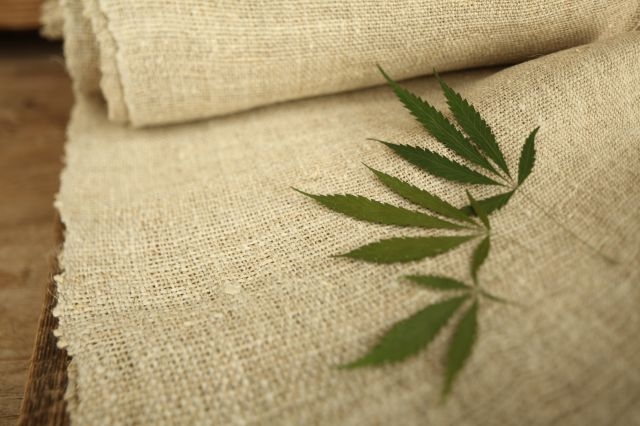
Just look at the new collections of most of the ready-to-wear brands, including fast fashion giants, to realize that the textile industry is gradually turning to eco-responsible materials, including organic for some, but also vegetable, and especially whose cultivation requires less water, no or few pesticides, and, icing on the cake, can be done locally.
In other words, cotton, if it is still very coveted, no longer appears as the essential material par excellence. Brands are therefore looking for new fibers that could meet all these criteria. If linen seems to take its revenge on all the materials that have supplanted it in recent decades, it is not the only one to gain favor in the fashion industry. In addition to the alternative “leathers” made from cactus, apple, grape, or mushroom, hemp is proving to be a fiber not to be neglected in order to move towards a more responsible fashion.
Contrary to popular belief, hemp is anything but an innovative fiber. It has even been used for centuries by the textile industry, which has however rejected it in favor of other materials until environmental issues changed the deal. Because hemp, in all its forms (seeds, oil, fibers), represents a naturally sustainable alternative in many sectors, including food, cosmetics, and of course … fashion.
According to the association LCB (Lin et Chanvre Bio), which works to revive a hemp textile industry based on the model of flax, hemp “is not very sensitive to diseases and insects (…) and does not require any weeding”, which means that it does not need pesticides. First good point. The plant is also drought resistant – so it requires less water to grow – is fast-growing, and its fibers are considered extremely strong.
It makes you wonder why the industry has done without it for so long. The answer lies in the processing of hemp fiber, which is very complex and, by extension, more expensive than other fibers. It is easy to understand why the industry has lost interest in it… However, we can hope that the technological innovations observed in the sector in recent years will eventually reduce these costs, and the processing time, to make it a more accessible material.
